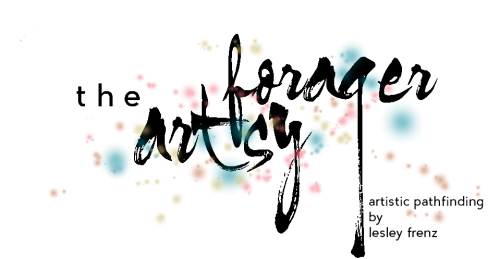Mr. Forager and I take turns choosing the films we watch together. So hopefully for every documentary about beer or politics, I get a turn at an artsy flick! Last weekend, we gave (Untitled) a viewing and although as a movie I didn’t find it anything to shout about, I did find the portrayal of the art world and its archetypes, hierarchies, pretensions, and perceptions really interesting.
Adam Goldberg, an actor I’ve always loved since his turn as the too-good-to-be-true-turned-crazy roommate to Chandler Bing on Friends, stars as a struggling avant garde composer who falls down the rabbit hole of the contemporary art world. Goldberg is the archetypical brooding starving artist, while his brother, played by Eion Bailey, is a “commercial” artist whose work is selling to a certain type of buyer, yet he longs for critical validation. Enter love interest/contemporary gallery owner Marley Shelton.
Shelton’s Chelsea gallerist with her ubiquitous collection of trendy, non-prescription glasses embodies the gallerists’ struggle between the work that sells and the work seen as innovative, evocative, and important. While these two aren’t always mutually exclusive, there is often an art world snobbery that comes about when work is commercially successful or decorative rather than intellectual, isn’t there?
In addition to the main characters, the film also includes art world archetypes such as The Collector Who Will Buy Anything the Gallerist Tells Him To, The Maurizio Cattelan/Jeff Koonsish Artiste, The Artist Who Makes Art Out of Nothing ( but who are we to tell him it’s not? ), The Consultant With an Eye For Work People Actually Want to Buy and Live With, and of course, the Supportive Parents of Artists, who let’s face it, often don’t have a clue what exactly it is you do, they just want you to eat.

Zak Orth and Marley Shelton as Collector & Gallerist, photo by Parker Film Company/Samuel Goldwyn Films
Are the characters in the film stereotypical and a bit caricature-ish? Absolutely. Is there truth behind each one? Most definitely. Anyone who’s been around the business of art for any length of time has likely encountered some or all of these types. But I think the film successfully gives us a glimpse into the humanity of these archetypes– how they struggle against who they are expected to be and as some accept who they actually are. As there are millions of artists, so are there millions of opinions on what art is. And there is room for all.
All images by Parker Film Company/Samuel Goldwyn Films.










